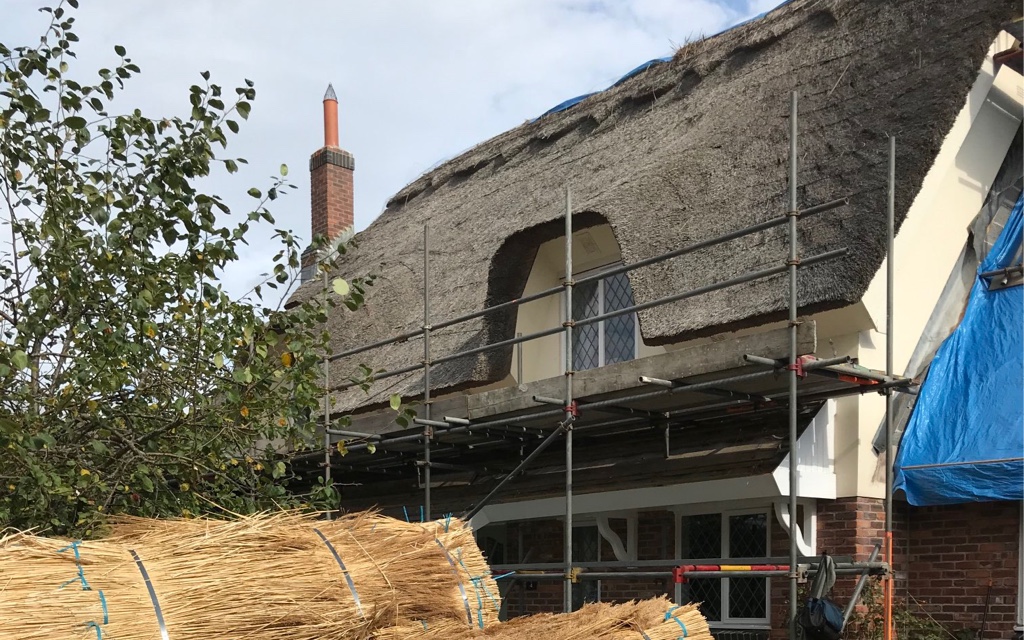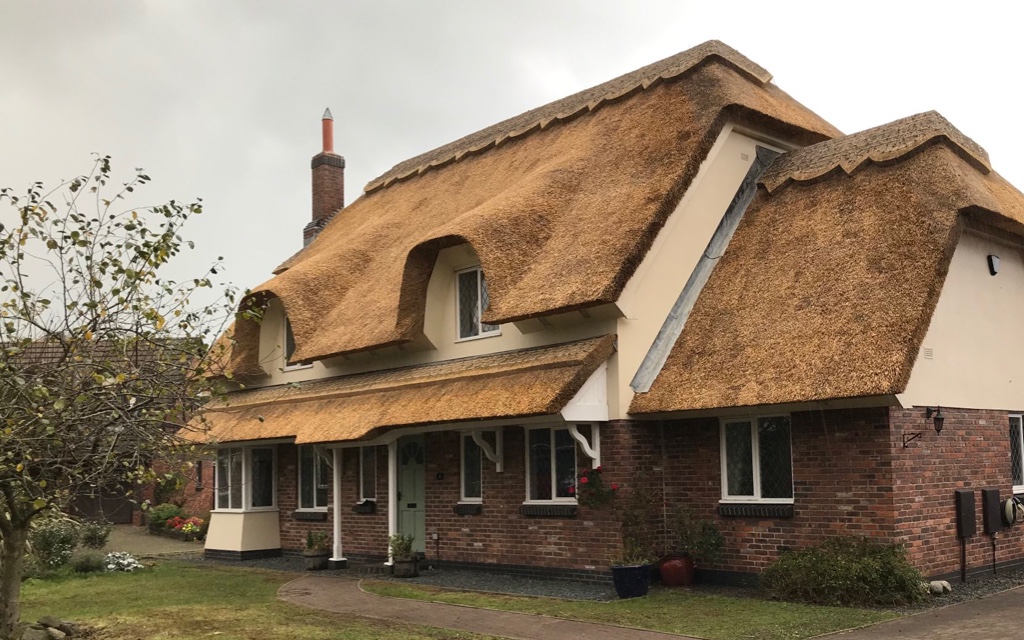Lifespans of Thatch
November 2021
Probably the most common question I get asked about Thatch Roofs is how long do they last or what is their expected lifespan?
It’s easy to quote figures for different types of materials which can be fairly arbitrary and can unfortunately vary enormously, even between Thatchers. For any Thatcher, being able to quote a long life for their work is important as it will be a positive reflection of their workmanship. However rather than quote best case scenarios, it’s obviously more realistic to look at averages and focus on what factors may influence how a particular roof may wear. Yes, some thatched roofs have lasted a long time and hopefully many others will, but just as some people will live to a hundred or more, these are the exceptions and not the general rule.
So, what do we mean when we talk about lifespans of thatch?
The first thing to say is it’s not a case of a roof keeping the weather out one day and then the next it suddenly fails. Thatch decay is a gradual process which starts the day a roof is completed. A thatch owner who has lived in the same property for many years will know this and have some idea of when the roof will need repairs and ultimately rethatching. The difficulty comes when a new owner does not have the history of a thatched roof - that is when it was thatched or re-thatched and when it has been re-ridged and repaired. For this reason, we would always recommend that prospective purchasers have a written roof survey carried out by a thatcher. Such a survey should ultimately conclude as to why work should be carried out and when this should be.
The complication with assessing the durability of thatch roofs is they will wear at different rates depending on several factors. The main ones are the steepness or pitch of the roof, how much they are in shade or have overhanging trees or shrubs, how much they are exposed to wind or extreme weather, the quality of workmanship and materials and the design of the roofs themselves.

Decisions on when a roof should have work carried out to it will be made by the thatch owner after they have hopefully had an informed assessment by a Thatcher. However, this is not always the case. Some thatch owners may go against a Thatcher’s advice and choose to have work done prematurely for a variety of reasons. They may for example be trying to sell their property and want to present the roof in the best possible condition - after all for many, thatch properties can be a bit of a marmite issue - people either love them or wouldn’t ever consider buying one. Another reason for choosing to have work done before needed maybe because the owners want to live out their days with a nice new roof which they are able to enjoy looking at.
On the other hand, some owners despite what their Thatcher has recommended will want to get the maximum possible wear from their roof and extend the intervals of having work done. The danger of such a view is that they may needlessly be spending money on repairs that would be better spent on re-thatching.
Over my years of thatching, I have met owners of both persuasions.
This then is the crux of what we mean when we talk about lifespans of thatch. At what stage is it more cost effective to re-thatch than to repair? Historically when labour was cheaper, when thatch was more plentiful, when it was easier to get a local person to repair a thatch roof and most importantly before the advent of people’s properties becoming a cash cow or a means to increasing their wealth, roofs would have been repaired and maintained much more frequently. The look of the thatch then was secondary to knowing that it would keep the weather out.